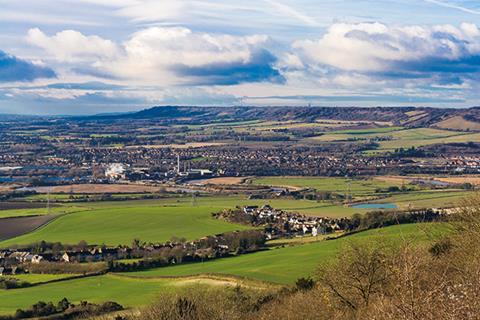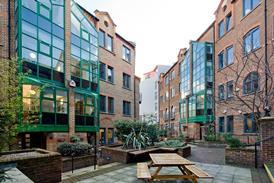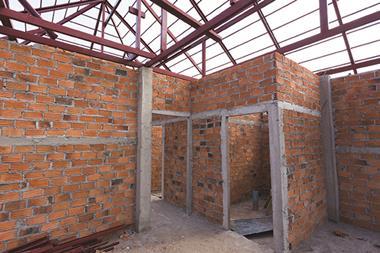The measures outlined in last month’s much-anticipated housing white paper should go some way towards tackling what the government describes as the UK’s “broken housing market”.

However, a number of the more transformative moves that were mooted before its launch have been dropped.
Truly tackling the housing crisis requires a mixed approach to dwelling types, tenures and developments. But it also needs a greater emphasis on sustainable, long-term strategic planning.
While strengthening the requirement for local authorities to have up-to-date, sufficiently ambitious local plans is a step in the right direction, those struggling to meet their housing targets should be planning for up to 25 years in advance when building new communities.

The white paper’s support for offsite construction is particularly welcome. Self-build, custom-build and manufactured homes have been effective delivery models in other countries for many years.
However, successful delivery in the UK will be dependent on building a robust supply chain and tackling the challenge of delivering at volume in complex urban settings.
Need to be bolder
With offsite construction an effective way to build new homes more quickly, mainstream implementation will require an increase in the number of new, innovative entrants joining the market.
Disappointingly, the white paper did not include a review of the green belt. Central government should have been bolder on this issue.
While the original purposes of the green belt are of course still valid, there are swathes of brownfield and other low-environmental-value land within the green belt that are close to existing transport links and in areas where people want to live.
Encouraging development on this type of land while protecting and enhancing the most important green-belt land would stimulate a significant and sustainable supply of new homes and improve the protection of the country’s unbuilt landscapes.

Equally important is the need to increase the density and development potential of land assets in existing towns and cities that are already well served by public transport.
While the promise to free up more public sector sites for development is nothing new, the government’s plans to amend the National Planning Policy Framework to make clear that individual development proposals should address the scope for higher-density housing in urban locations is a step in the right direction.
Given the extent of the UK’s housing challenge, any steps that enable accelerated housing delivery should be encouraged.






























No comments yet